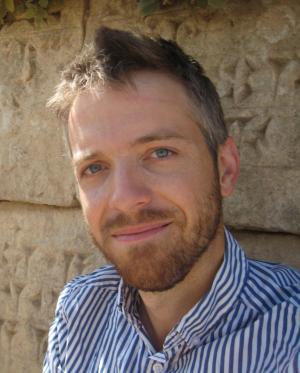Affiliation: Oriental Institute, University of Chicago

James Osborne is Assistant Professor of Near Eastern Archaeology with the Oriental Institute’s Department of Near Eastern Languages and Civilizations, University of Chicago. He holds his degrees from Harvard University (Ph.D.) and the University of Toronto, and his research interests include the Bronze and Iron Ages of the ancient Near East and eastern Mediterranean, complex societies and urbanism, landscape archaeology, and GIS and remote sensing. Professor Osborne is the Director of the Tayinat Lower Town Project (TLTP), and his publications include Approaching Monumentality in Archaeology (SUNY Press, 2014) and The Syro-Anatolian City-States: Portraits of an Iron Age Culture (in preparation, Oxford University Press).
One of the most exciting developments in Mediterranean archaeology of the past decade has been a reevaluation of how the Near Eastern world interacted with its Aegean neighbors and contemporaries during the Iron Age (ca. 1200-600 BCE). For the late second millennium, there is now accumulating evidence that members of the so-called “Sea Peoples,” who famously migrated to Israel and became the biblical Philistines, also settled in Cilicia and the Amuq Valley of southern Turkey, greatly transforming our understanding of this migration event. Meanwhile, for the early first millennium BCE, archaeologists have begun to realize just how influential the Syro-Anatolian city-states of the east were on the cultural development of the classical world to the west, which is becoming more and clear with new excavations and fresh interpretations of old finds.
Short bibliography and/or website on lecture topic:
Lane Fox, Robin. 2008. Travelling Heroes in the Epic Age of Homer. New York: Vintage Books.
Aruz, Joan, Sarah B. Graff, and Yelena Rakic, eds. 2014. Assyria to Iberia at the Dawn of the Classical Age. New York: The Metropolitan Museum of Art.
See James F. Osborne's work in the American Journal of Archaeology.